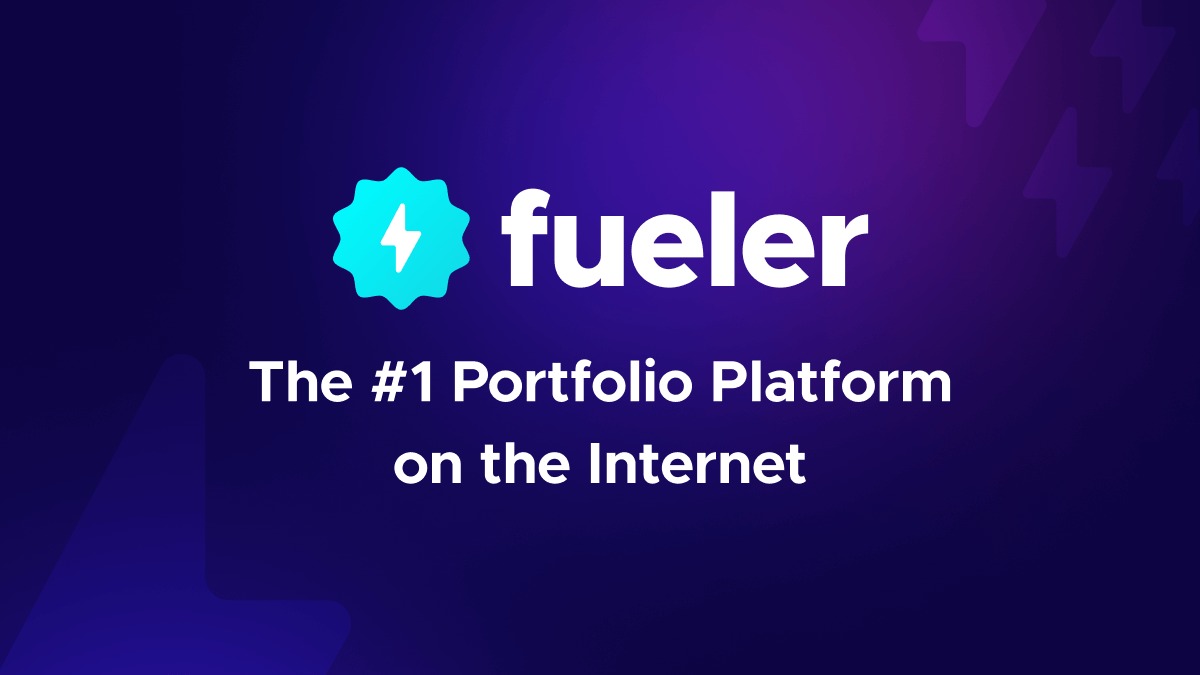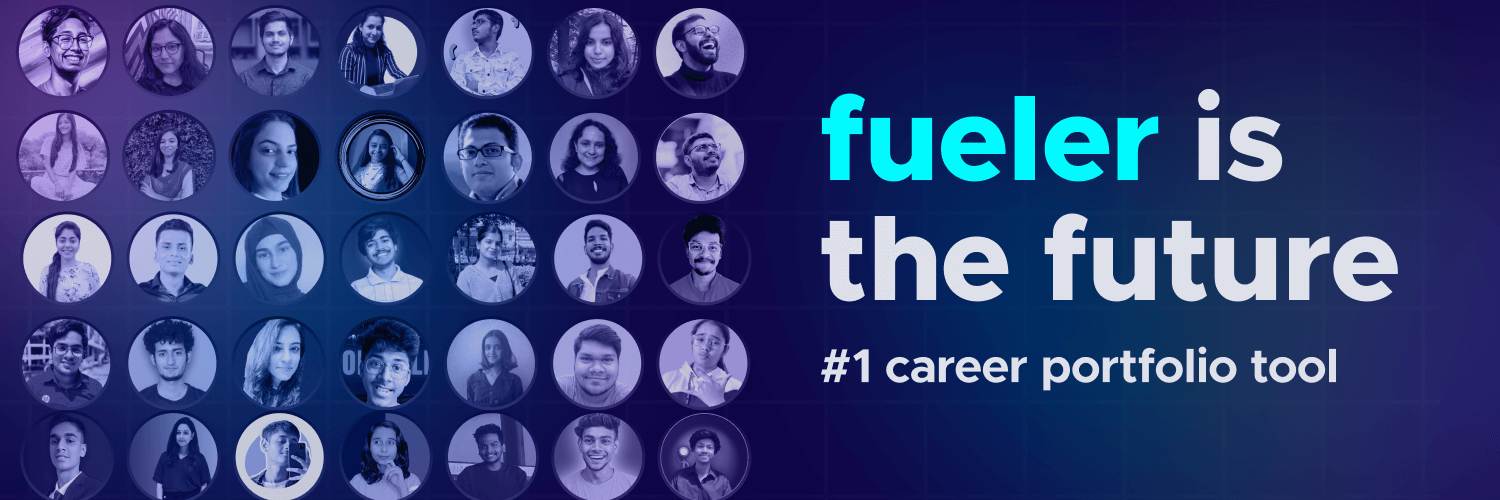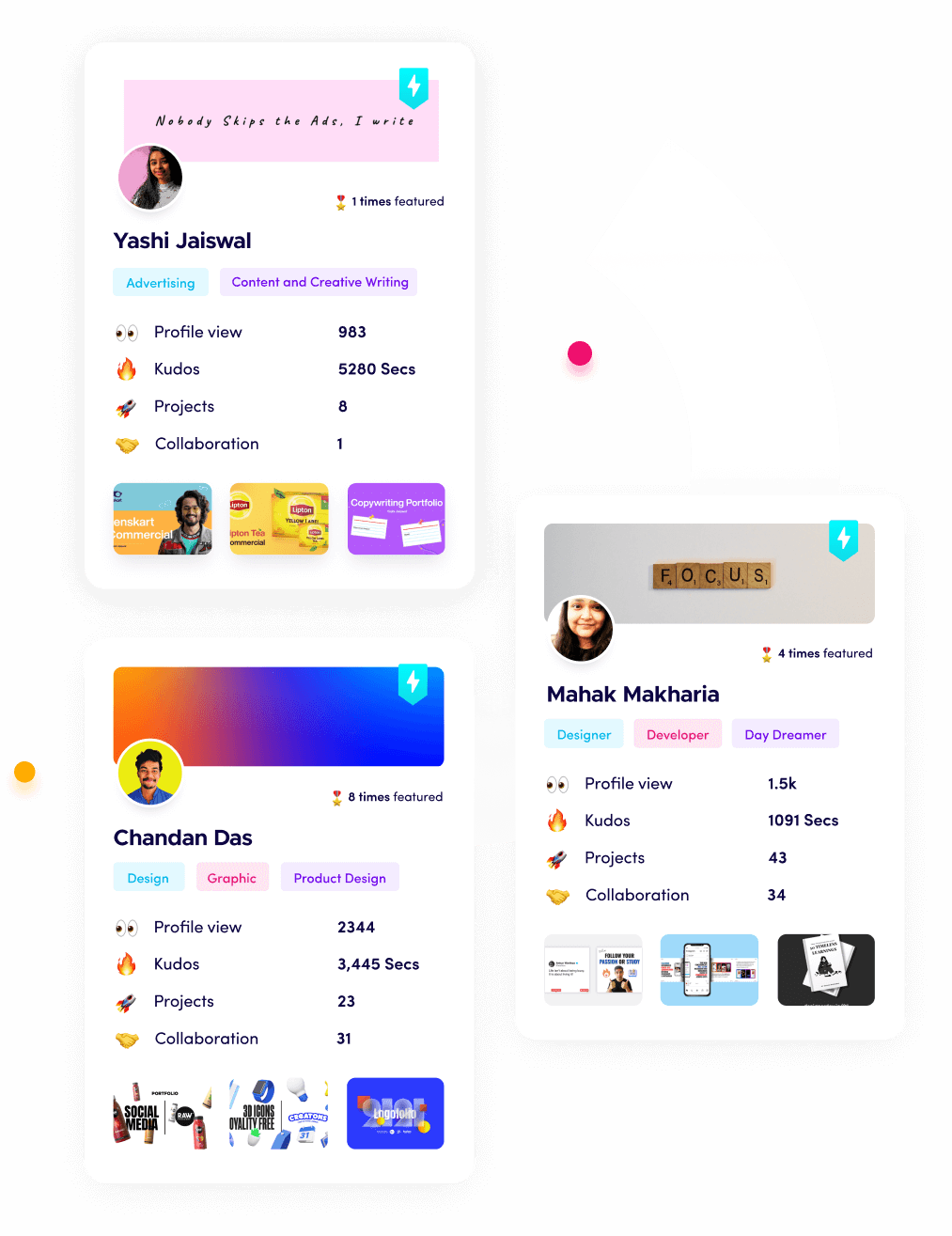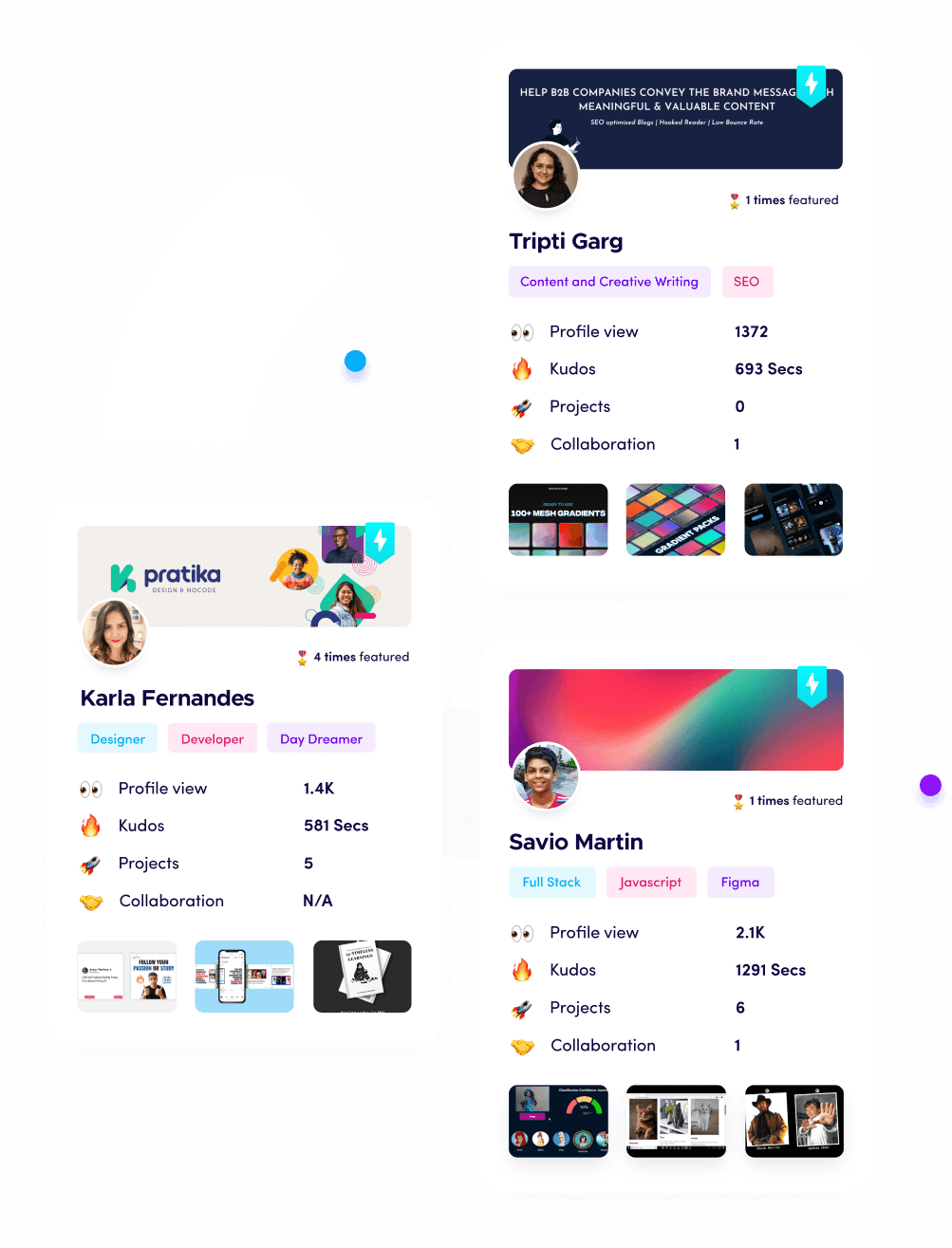Using Real-Time Feedback to Improve Employee Experience

Riten Debnath
13 Jun, 2025

If you think annual or even quarterly performance reviews are enough, think again. The workplace is evolving rapidly. Remote and hybrid work models have made communication more complex. Employees want to know how they're doing right now, not six months from now. Delayed feedback creates frustration, lowers motivation, and leads to confusion about expectations.
In 2025, companies that ignore real-time feedback risk losing their best talent and falling behind competitors who nurture engaged, motivated teams.
I’m Riten, founder of Fueler — a platform that helps freelancers and professionals get hired through their work samples. Today, I want to share how real-time feedback improves employee experience, boosts productivity, and helps organizations grow stronger from the inside out. Your people are your greatest asset, and the way you communicate with them shapes your company culture and success.
What Exactly Is Real-Time Feedback?
Real-time feedback is giving employees immediate or very timely insights about their work — both positive comments and constructive advice. Unlike traditional annual reviews, it happens frequently, often informally, sometimes in a quick conversation or message after a task or project.
This feedback isn’t just about pointing out mistakes; it’s about recognizing wins, clarifying expectations, and guiding growth as work happens. This approach keeps everyone aligned and motivated.
How Real-Time Feedback Builds a Growth Culture
When employees receive continuous input on their work, it becomes easier to learn and improve daily. Rather than waiting for a formal review, they can correct mistakes quickly and replicate good practices.
A culture where feedback flows naturally encourages curiosity and risk-taking — employees feel safe to try new ideas knowing they'll get support and guidance. Over time, this builds resilience and adaptability, which are critical skills in today’s fast-changing world.
Moreover, when feedback is timely, it reinforces positive behaviors and quickly addresses challenges before they escalate. This helps teams stay productive and focused on their goals.
Improving Employee Engagement Through Frequent Feedback
Engagement is deeply connected to how employees feel about their relationship with managers and colleagues. Real-time feedback helps employees understand their value and impact continuously, making them feel noticed and appreciated.
Rather than waiting months for validation, employees experience recognition daily, which improves morale and job satisfaction. It also opens the door for honest conversations about career growth, workload, and personal development, creating a stronger bond between employees and their organizations.
Studies show that employees who receive regular feedback are significantly more engaged and less likely to leave. Using online forms helps streamline feedback collection and ensures that responses are documented and easy to act on. This is especially important in competitive job markets where retaining talent can make or break a company.
Real-Time Feedback Enhances Communication in Hybrid and Remote Teams
With many companies adopting remote or hybrid models, face-to-face interaction has reduced drastically. This makes communication about performance more challenging but also more important.
Real-time feedback helps fill this gap by creating quick, meaningful exchanges that keep remote employees connected and informed. Tools like Slack, Microsoft Teams, or dedicated feedback platforms allow managers and peers to share praise and suggestions immediately, even from different time zones.
This immediacy prevents misunderstandings and isolation while strengthening team cohesion and trust. Employees feel like active, valued members of the team no matter where they work.
How Managers Can Make Real-Time Feedback Work
Managers play a crucial role in embedding real-time feedback into daily workflows. Here are key strategies they should adopt:
- Be Observant and Proactive: Managers should actively watch for moments to give feedback. It could be after a client call, a report submission, or a team presentation. Waiting for formal meetings wastes the opportunity to coach or recognize.
- Keep It Balanced: Feedback should include positive reinforcement and constructive guidance. Celebrating small wins builds confidence while addressing issues early prevents them from becoming big problems.
- Be Specific and Actionable: Vague comments like “good job” are less helpful than “Your presentation was clear and helped the client understand our solution.” Similarly, offer suggestions employees can apply immediately.
- Encourage Two-Way Feedback: Real-time feedback isn’t one-sided. Managers should invite employees to share their views and challenges, fostering open dialogue and trust.
How Fueler Supports Better Hiring and Feedback
At Fueler, where we help companies hire professionals through their actual work samples, we understand the value of feedback firsthand. Our platform encourages continuous improvement by letting candidates showcase their skills through real assignments rather than resumes alone.
This approach mirrors real-time feedback in hiring — companies don’t just wait to see a portfolio at the end; they interact, review, and provide insights during the process, helping freelancers grow and align better with job expectations.
By focusing on proof of skills and ongoing evaluation, Fueler brings transparency and trust to hiring — just like real-time feedback improves employee experience after joining a company.
The Impact of Real-Time Feedback on Employee Wellbeing
Feedback isn’t only about work output — it deeply affects employee wellbeing. When feedback is delayed or absent, employees can feel anxious, undervalued, or uncertain about their future.
Real-time feedback reduces stress by providing clarity and direction. Employees who know what to improve or what to continue doing experience less burnout and more confidence.
It also supports mental health by fostering a supportive environment where people feel heard and encouraged, which is critical as workplaces focus more on holistic employee care.
Overcoming Challenges When Implementing Real-Time Feedback
Introducing real-time feedback can be intimidating for some organizations. Here’s how to address common hurdles:
- Fear of Criticism: Employees or managers may worry feedback will be negative or confrontational. The solution is training everyone on how to give and receive feedback constructively.
- Inconsistency: Without guidelines, feedback can be random or unfair. Creating a culture with clear expectations on feedback frequency and tone helps maintain fairness.
- Technology Barriers: Especially in remote teams, lack of tools can hinder real-time feedback. Investing in user-friendly communication and feedback platforms is essential.
- Feedback Overload: Too much feedback can overwhelm employees. Managers must balance quantity with quality and respect individual preferences.
Why Real-Time Feedback Will Define Successful Companies in 2025 and Beyond
The companies that embrace real-time feedback won’t just improve employee experience — they will create competitive advantage. High-performing teams are more agile, motivated, and innovative because they constantly learn and adapt.
In an economy where talent is scarce and employee expectations are high, feedback is a powerful way to build loyalty, reduce turnover, and grow organizational capability.
If you want to attract top talent, keep them engaged, and help them grow, real-time feedback isn’t optional — it’s mandatory.
Final Thoughts
Real-time feedback transforms employee experience by turning communication into a continuous, meaningful conversation. It builds trust, increases engagement, and creates a growth culture where everyone feels valued and motivated.
At Fueler, we believe in the power of ongoing assessment — whether in hiring or employee development — to unlock true potential and build lasting success.
Start integrating real-time feedback into your organization today. Your employees will thank you, and your business will thrive.
FAQs
Q1: What is the difference between real-time feedback and traditional performance reviews?
Real-time feedback happens immediately after tasks or events and is ongoing, while traditional reviews are formal, periodic, and often delayed. Real-time feedback helps employees improve faster and stay aligned continuously.
Q2: How does real-time feedback improve employee engagement?
It makes employees feel seen and valued daily, reducing confusion about expectations and increasing motivation, which leads to higher engagement and retention.
Q3: Can real-time feedback work in remote teams?
Yes, with tools like Slack or Microsoft Teams, managers and peers can share feedback instantly, keeping remote employees connected and informed.
Q4: What are the biggest challenges when introducing real-time feedback?
Common challenges include fear of criticism, inconsistency, lack of proper tools, and feedback overload. These can be overcome with training, clear policies, and using the right platforms.
Q5: How can companies use real-time feedback to improve hiring?
Platforms like Fueler allow companies to evaluate candidates through real assignments and ongoing feedback, helping hire the right fit based on real skills and continuous interaction.
What is Fueler Portfolio?
Fueler is a career portfolio platform that helps companies find the best talents for their organization based on their proof of work.
You can create your portfolio on Fueler, thousands of freelancers around the world use Fueler to create their professional-looking portfolios and become financially independent. Discover inspiration for your portfolio
Sign up for free on Fueler or get in touch to learn more.


